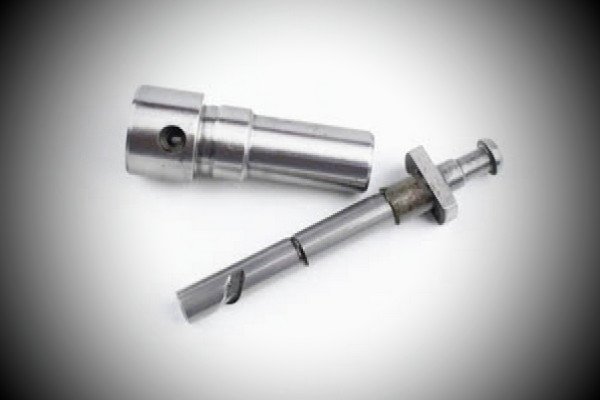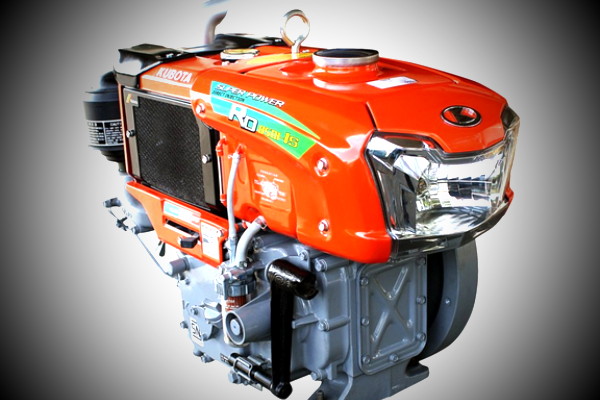
Diesel Engine Combustion System – Each engine has a different way of working to produce power sources. One of the working steps on an engine is the combustion step. In diesel engines, combustion does not require spark spark spark. Because it only requires high compression pressure to perform the combustion process.
Meanwhile, diesel is a fuel that has a low flash point compared to other fuels. So compression pressure and high temperatures will be able to burn solar sparks automatically. Therefore, this diesel engine is called a combustion engine system, which is an engine that conducts the combustion process by itself.
Advantages Of Diesel Engine Working System
In addition to producing more power when compared to gasoline engines, other advantages of diesel engine combustion system are:
- Diesel fuel price is cheaper than gasoline. So it’s more efficient in fuel problems
- There is no need to change the spark spark spark because it does not use spark sparkly. So the cost of care is more affordable
- Fuel efficient. Because it does not use spark foam, so the whole fuel can burn perfectly
Lack Of Diesel Engine Working System
Although it has several advantages, the diesel engine combustion system also has its drawbacks. Some of the drawbacks are:
- If you run out of fuel, the diesel engine will be difficult to turn on. Because it will experience wind in the flow of fuel
- The initial process to turn on the machine is heavier, so it requires a large power or battery
- Has great sound and vibration. Because engine compression is higher than gasoline engines
Diesel Engine Combustion System
To perform a working process, the diesel engine has 4 phases of working steps such as gasoline engines. Here are the proscess of steps the diesel engine 4 phases working system.
1. Suction Phase
At the suction step, the piston will move from the upper dead point to the lower dead point causing the suction valve to open and the air will enter the combustion chamber. So the volume of the combustion chamber will be large.
2. Compression Phase
The compression step is that the piston moves from the lower dead point to the upper dead point and the suction valve and exhaust valve are closed. So the volume in the combustion chamber shrinks and produces high pressure and temperature.
3. Combustion phase
This combustion step is the core of the combustion. Where the suction valve and exhaust valve are tightly closed and inside the combustion chamber occurs very high compression. In the meantime, fuel will be emitted from the injection pump and there will be a combustion process. After combustion occurs, the piston will be pushed towards the lower dead point.
4. Exhaust Phase
The exhaust step is the last step, where the piston moves from the lower dead point to the top dead point and the suction valve opens and discards the remaining combustion. And this cycle will occur continuously when the diesel engine is alive.
Foggy is a process of pumping diesel fuel into a spark a very small, flammable spark. This process is heavily influenced by some components. And the components are:
That’s the explanation for diesel engine combustion system. May this article be useful.
More Articles :
- How The Diesel Engine Works
- Difference Camsaft And Crankshaft
- Differences Diesel Engine And Gasoline Engine
- Cylinder Head Functions In Machine
- Kubota Diesel Engine Repair Service





